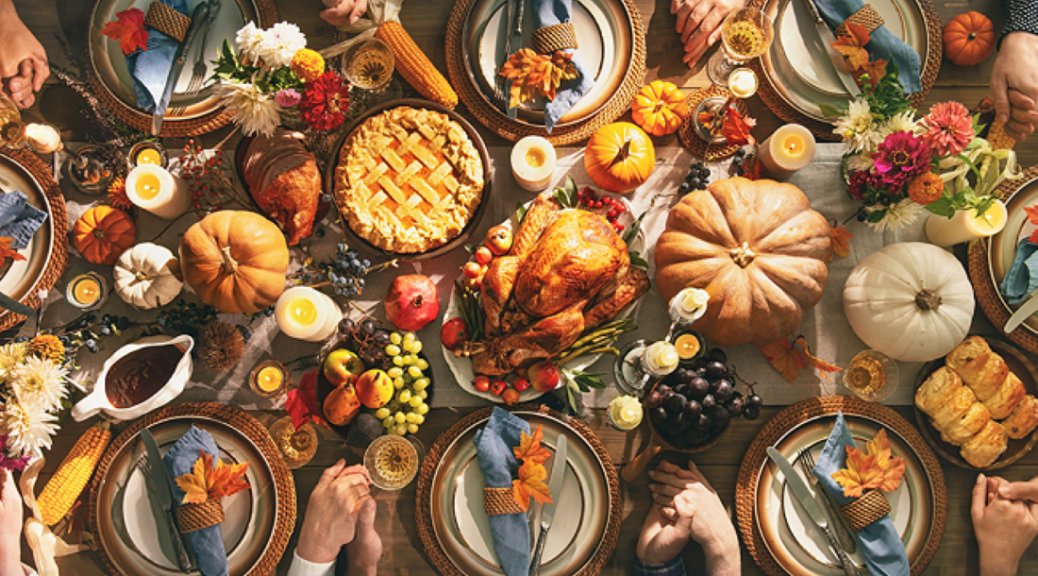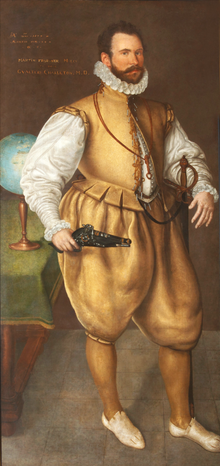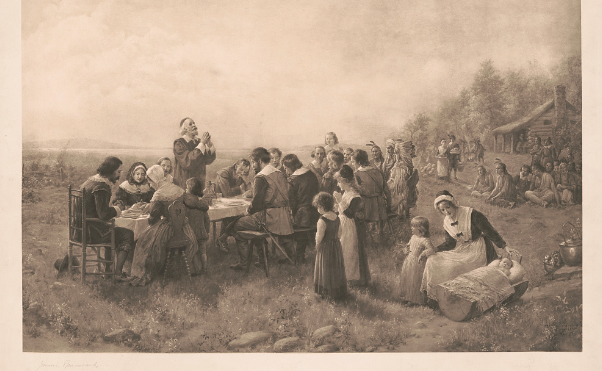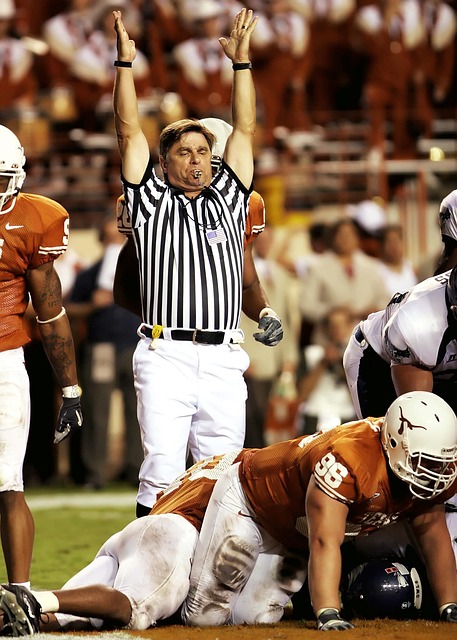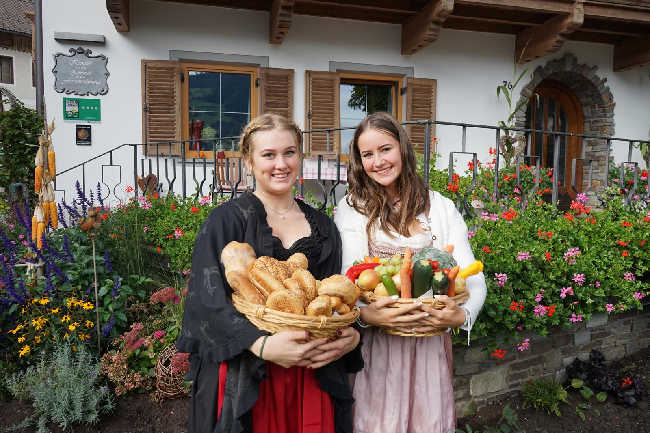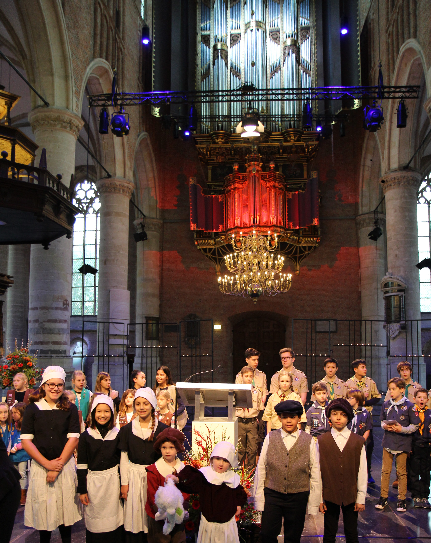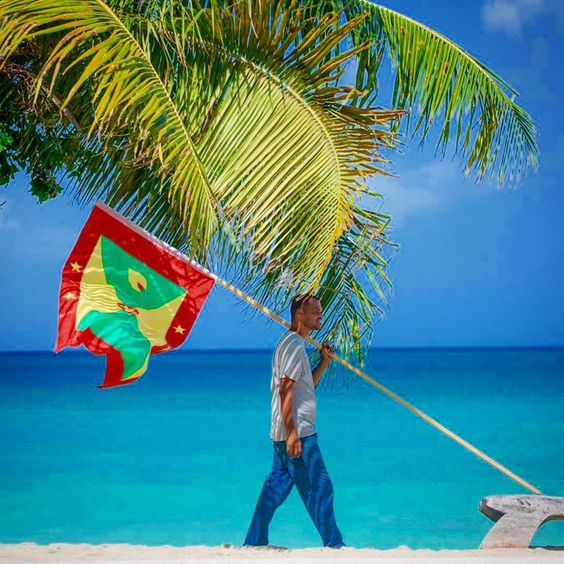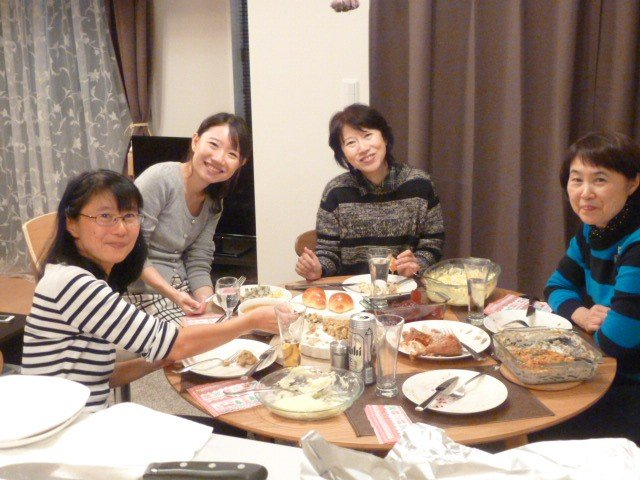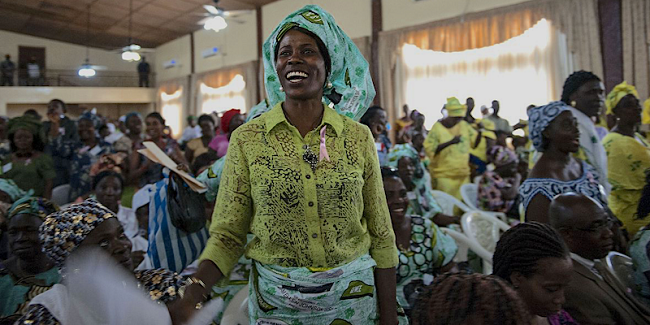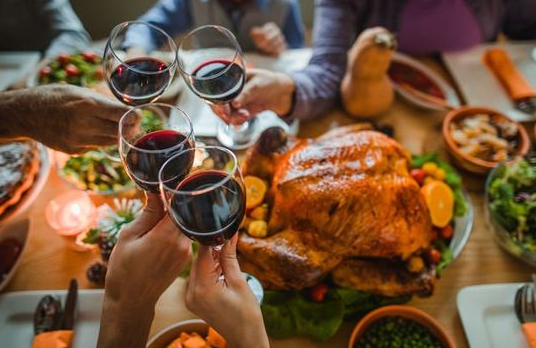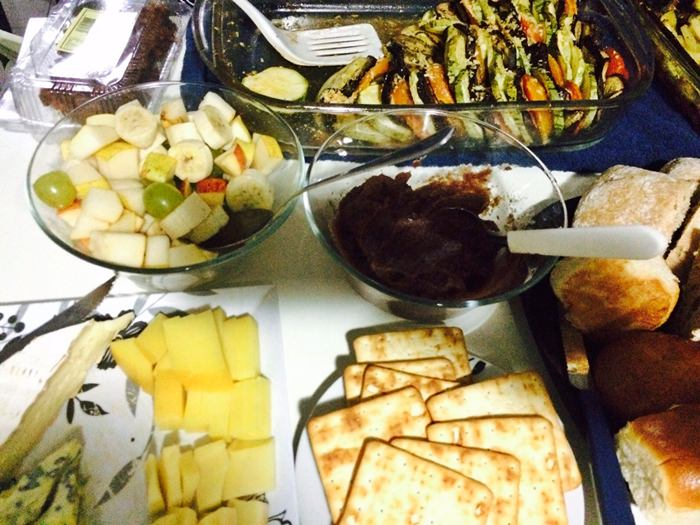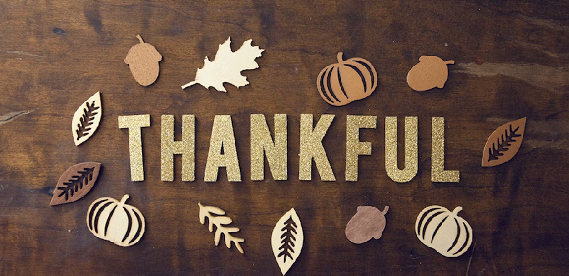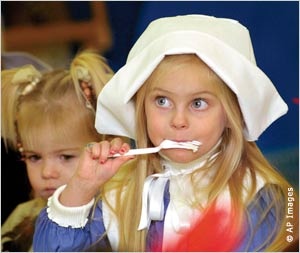A casual dive into the origins of Thanksgiving around the world has taught me so much, I had to share. This summary may help start some conversations, while the big meal finishes being cooked.
Canada’s Thanksgiving, on the second Monday of October, honors the safe return of a British explorer, Arthur Frobisher, and his team, from their search of the Northwest Passage back in 1578. Other historians trace the Canadian Thanksgiving to the French settlers, who celebrated their successful harvests after coming to North America in the 1600s.
Thanksgiving in America, on the fourth Thursday in November, was designed to celebrate the first shared feast by the Pilgrims and the Wampanoag Native Americans in 1621. The ultimate effects of the arrival of Europeans into North America reveal the decimation of Native Americans through plagues of disease, capture and enslavement, and death.
While the previous narrative of peaceful Pilgrims and Indians jointly surviving a challenging first year together fades, Americans remain thankful for family, friends, faith, home, and a shared meal. There may be football.
Rural towns in Germany, Austria, and Switzerland hold Erntedankfest in late September or early October. These celebrations also focus on gratitude for harvests, while attending special church services, parades, and musical events.
The town of Leiden in the Netherlands has a curious historical connection with the American Thanksgiving. Many of the Pilgrim separatists, fleeing persecution in England, lived in Leiden for about eleven years until 1620 before heading to the New World. This one Dutch town holds a Thanksgiving Day service in a Gothic church on the morning of the American holiday to note the hospitality the town showed to the Pilgrims.
The Caribbean country of Grenada is one of the newest celebrants of Thanksgiving. Since American military forces assisted Grenadians to recapture control of their country in 1983, Granada celebrates their own Thanksgiving on the 25th of October to commemorate those events.
Japan celebrates a hybrid version of Thanksgiving and Labor Day on the 23rd of November. With roots in an ancient Shinto rice ceremony, today’s celebration is called Labor Thanksgiving Day and commemorates labor and issues that impact the community.
Liberia, which became the first democratic republic in Africa in 1947, received the inspiration for holding Thanksgiving from freed slaves returning from the United States around 1820. The tradition from America was so well received, it became a national holiday for Liberia in the 1880s.
The United Kingdom has its version of Thanksgiving, as well. Born from the pre-Christion era when Saxons offered first harvests to fertility gods followed by a festive meal, the holiday is now called the Harvest Festival. Celebrations today include churches, schools, communities, and individuals, all focusing on the bounty of the harvest, gratitude for family, friends, and home.
Brazil has had its own version of American-inspired Thanksgiving since the 1940s. Brazilian ambassador, Joaquim Nabuco, returned home from a trip to the United States filled with positive stories of his Thanksgiving observations of commemorations held in St. Patrick’s Cathedral. Brazil’s Thanksgiving festivities start at a church but conclude with a carnival in the streets.
Wherever we are in the world, a season of Thanksgiving can be such a grounding and centering time to help us refocus on what is important and good in our lives.
I am thankful for so much, for so many, and for the joy in my heart.
In love and health –
Deidre
NOTE from Sheree: My prayer for everyone is to have a happy, healthy, and memory-filled Thanksgiving!
“The more you practice the art of thankfulness, the more you have to be thankful for.” Norman Vincent Peale
Did you like this post? Use the options under the MORE button below to share with family and friends.

